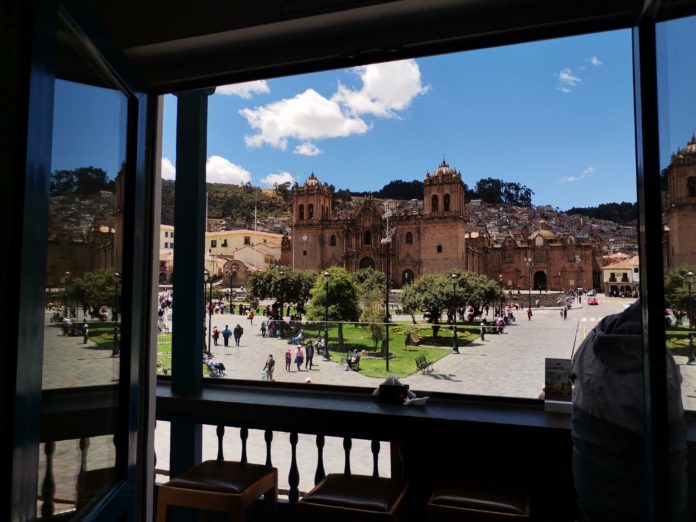As a journalist, I am constantly consuming news. It’s my job, after all — to be informed, to know what’s happening here and everywhere. Many only start tuning into what’s going on in the world as they get older, but for me, it all began the second I was born.
Peru is a land of colours where the Andes rise clear thanks to the history of our ancestors, who saw in the mountains, the apus, protective mountain spirits, manifest on its peaks who watched over the magnificence of the highlands from above.
It is also a land of cold waters, deep oceans and dark waves. A land of immense rainforests, where one might get lost in endless green.
But its beauty is buried within a layer of tragedy. This tragedy is portrayed in the media in a dehumanizing and even sadistic way.
Peruvian politics have always been chaotic. If you miss a single day of news, you likely missed a huge, deal-breaking scandal. You have to constantly be on alert because at any moment, things could change and spill over into the social and economic worlds.
The news cycle in Peru on Dec. 7 was especially frenzied — former Peruvian President Pedro Castillo attempted an auto-coup by dissolving congress unconstitutionally. He failed and congress impeached him instead.
The Associated Press reported that Castillo left Government Palace to go to the Mexican embassy to allegedly escape the country, only for him to be arrested by his own security team and the Peruvian police.
All of this happened in the span of less than four hours. So when I got out of my morning class I had to sit down and read all of the Peruvian outlets I could think of. I sat in James Dunn Hall with my headphones on, listening to the radio, oscillating between my laptop screen divided into two different articles and my phone switching from Twitter to WhatsApp.
After a long day of confusion and distress, Dina Boluarte, the vice-president, assumed the presidency. And while it seemed this might calm the waters, it did the exact opposite.
Since then, protests supporting Castillo have taken place all over the country, but especially in the southern highlands.
A large number of people have died during these protests.
I wish I could name all of those who lost their lives, but unfortunately, the names and even the exact number of victims is still unclear, and it will be like that for the foreseeable future.
Saturation with this news has fried my brain in ways I can’t comprehend; I feel so drained of energy and the weight of keeping up from afar is consuming me. I’m both tired of and obsessed with my country, sickened by the deaths of fellow Peruvians but morbidly continuing to look at photos and videos of the civil unrest.
This situation has made me realize the media mechanisms in Peru are horrid and yet I can’t stop myself from being a cog in it.
The people who have been killed are mostly from the highlands, at least 17 of them from Juliaca, Puno. The majority of victims were civilians, some were minors, but they were people.
The dehumanization of these victims of brutality is so normalized in the Peruvian media. The media’s motivation for this lopsided portrayal of this situation is political bias.
People in the capital of Lima don’t seem upset by the deaths in the highlands. And it’s been sparsely reported on by international news outlets.
I feel hopeless writing this, because ironically enough, I’m trying to turn pain into news. But the personhood of a victim will never be captured in a headline, nor will the pain of a family be found in a quote. There will never be comfort in an interview and a photo will never capture the real magnitude of a situation.

